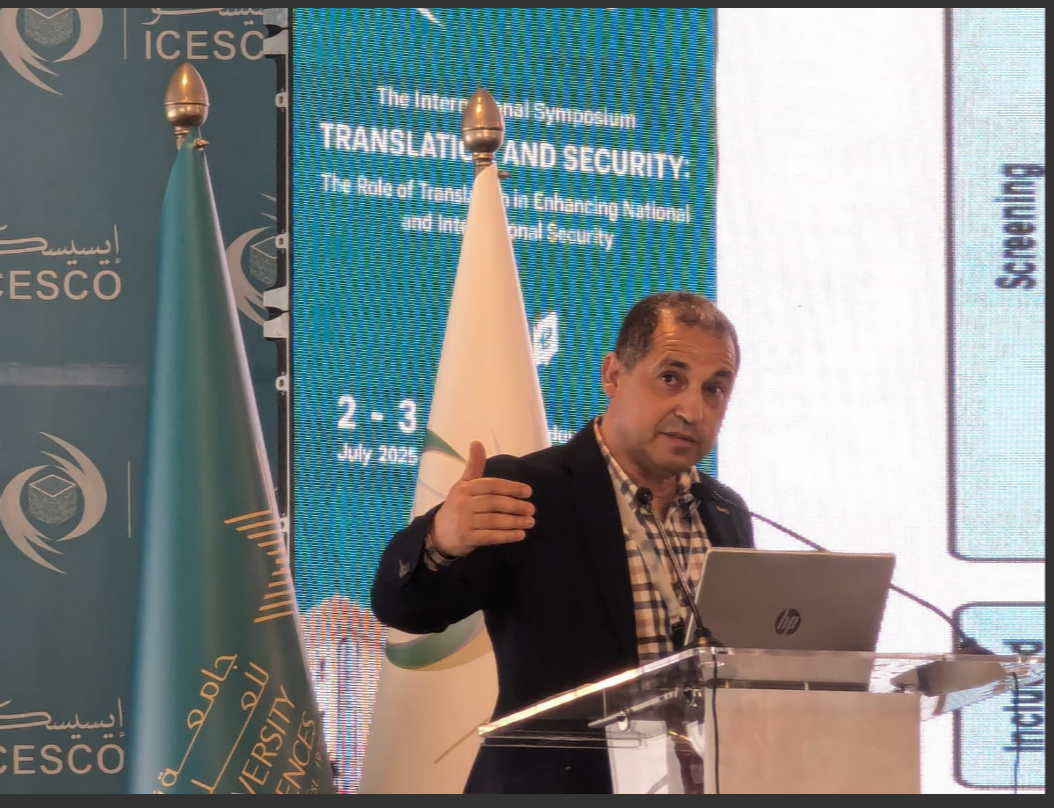Institutions ( departments, universities) prefer their faculty and instructors to use textbooks to deliver courses for students. As we know, this aligns with the traditional teacher centered approach that is no more accepted in educational contexts, especially college and university level instructional contexts.What a hypocrisy? The question remains, though, why this practice is still going on?
Perhaps, in the first place, the misunderstanding of learning dynamics and the strive to maximize student intake in many university contexts to either maximize profit ( private sector) or align with governmental orientations to enroll nearly all students in classes ( Saudi Arabia regional universities :those located in the peripheries of cities).
Consequently, instructors have no other solutions than using the textbooks and transmission methods regardless whether students achieve acceptable levels of learning and be able to gain and acquire market ready abilities to enter smoothly the workplace....or not!
Yet, in a student oriented context of learning and teaching , the focus is on building, preparing, designing, and constructing thriving learning environment to engage students and trainees in the educational experience. Students number should not go beyond 18 students in a classroom to achieve these types of outcomes...some times less ( Such as the case of interpreting).
Another reason that could be added is that some of our colleagues, and this is the case not only in the Arab higher education context, but even in other countries with a long tradition in university teaching and research, find this method simple and easy and , most likely, the same method inherited from their instructors while studying. In fact, pedagogical know what, know how and know why is necessary to achieve quality outcomes in an educational program!. Further, alignment with updated productions from scholarship of the discipline and that of teaching and learning is key to deliver unique learning experiences. Yet, when it comes to coordinating courses, miscommunications and misuse of course syllabuses can be noticed due to the fact that some colleagues are current and pedagogically savvy, while others are still hanging to the way things were done before by their instructors or believing in concepts that are by now outdated and need to be re-thought. The victim remains the student of course!Translation and interpreting research and practices moved quickly in the last three decades!!
New innovative ways of providing instruction using key pedagogical principles as well as educationally sound tools would certainly add value to the instructional mission as well as student learning and performance. Things could be more interesting when students see the relevance of in class practices when they take internship in the workplace. So, aligning in-class practices with professional needs and practice is crucial in some of the programs delivered in a university context, a case in point are those programs delivering graduate or may be ( even) undergraduate courses and programs in translation and interpreting.
To end up, we need to use powerful learning environment in our professionally oriented types of programs ( Translation and Interpreting) to maximize students experience and guarantee a smooth integration into the profession....and why not become effective and productive reflective researchers as well as.
Fouad

